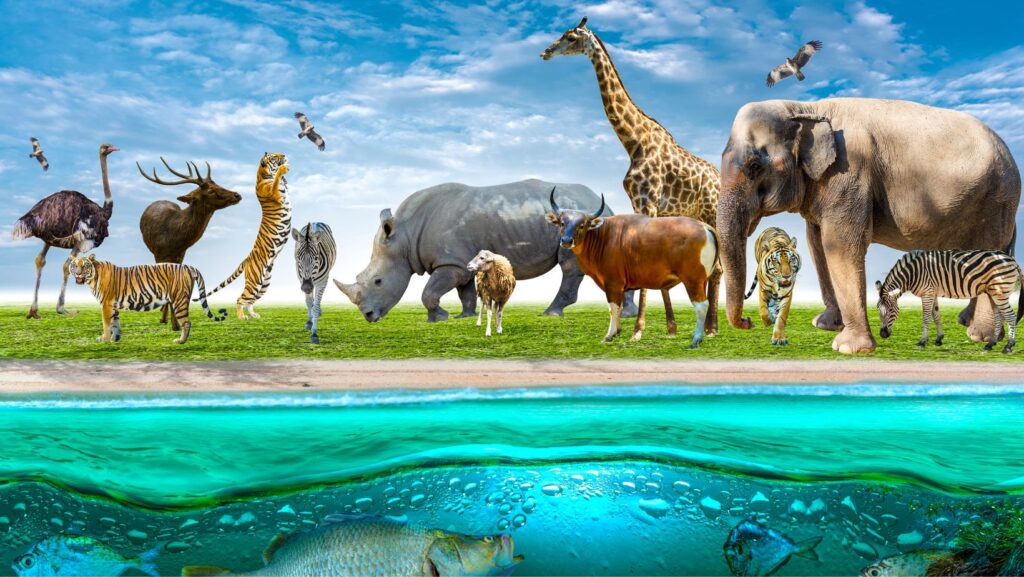As we delve into the intricate world of wildlife trafficking, it’s essential to grasp the profound impact this illicit trade has on our planet’s biodiversity. Wildlife trafficking encompasses a wide array of activities, from poaching and smuggling to selling rare and endangered species in black markets worldwide. The scale of this issue is staggering, with billions of dollars involved annually.
The demand for exotic pets, traditional medicines, fashion accessories, and trophies continues to drive the illegal wildlife trade despite global conservation efforts. ENDANGERED SPECIES are particularly vulnerable, facing the threat of extinction due to relentless exploitation. As I navigate through the complexities of wildlife trafficking in this article, we’ll uncover the various factors contributing to its persistence and explore potential solutions to combat this detrimental practice.

Overview of Wildlife Trafficking
Wildlife trafficking, a nefarious global enterprise, involves the illegal trade of animals and their derivatives. It threatens endangered species’ survival and biodiversity by disrupting ecosystems worldwide. As an expert passionate about wildlife conservation, I’ll delve into the intricate web of this illicit activity.
The clandestine nature of wildlife trafficking enables criminals to profit from exploiting vulnerable species. From exotic pets to traditional medicines, a wide array of flora and fauna fall victim to this insidious trade. The demand for rare and exotic animals drives poaching and smuggling operations that span continents.
In Africa alone, it’s estimated that tens of thousands of elephants are slaughtered annually for their ivory tusks. Similarly, rhino populations face decimation due to the lucrative market for their horns in parts of Asia. These staggering figures underscore the urgent need for coordinated international efforts to combat wildlife trafficking.
Despite regulatory measures and enforcement actions, tackling this illicit trade remains challenging. Sophisticated criminal networks constantly adapt their methods to evade authorities’ scrutiny. To truly make headway against wildlife trafficking, a multi-faceted approach encompassing stricter legislation, enhanced law enforcement cooperation, and community engagement is imperative.
By shedding light on the grim realities of wildlife trafficking, we can raise awareness and mobilize collective action to safeguard our planet’s precious biodiversity. Together, we can strive towards a future where endangered species are no longer at the mercy of ruthless traffickers seeking profits at nature’s expense.

Impact on Biodiversity
When it comes to wildlife trafficking, the IMPACT ON BIODIVERSITY is profound and far-reaching. To begin with, numerous species are pushed towards extinction due to this illegal activity. The relentless poaching and smuggling of animals disrupt ecosystems and food chains, leading to a loss of biodiversity that can have cascading effects.
One significant consequence of wildlife trafficking is the disruption of natural habitats. With many species being targeted for their valuable parts or as exotic pets, their populations dwindle, upsetting the delicate balance within their ecosystems. This not only endangers the survival of those specific species but also threatens the myriad other organisms dependent on them for various ecological functions.
Furthermore, the depletion of certain keystone species through trafficking can have severe repercussions on entire landscapes. For instance, the removal of top predators can trigger a population explosion among their prey, destabilizing plant communities and altering habitat structures. These disruptions reverberate throughout the ecosystem, impacting everything from soil health to water quality.

In addition to direct environmental impacts, wildlife trafficking also fuels corruption and organized crime syndicates globally. The enormous profits derived from illegal wildlife trade incentivize further exploitation of vulnerable species and habitats. Addressing these issues requires a multi-faceted approach that combines law enforcement efforts with community engagement and international cooperation to combat this pervasive threat effectively.
Overall, highlighting the devastating IMPACT OF WILDLIFE TRAFFICKING ON BIODIVERSITY is crucial in raising awareness about the urgent need for conservation measures and stricter enforcement of regulations worldwide. By understanding the interconnectedness of all living organisms and our shared responsibility towards protecting Earth’s rich tapestry of life, we can work towards preserving biodiversity for future generations.

